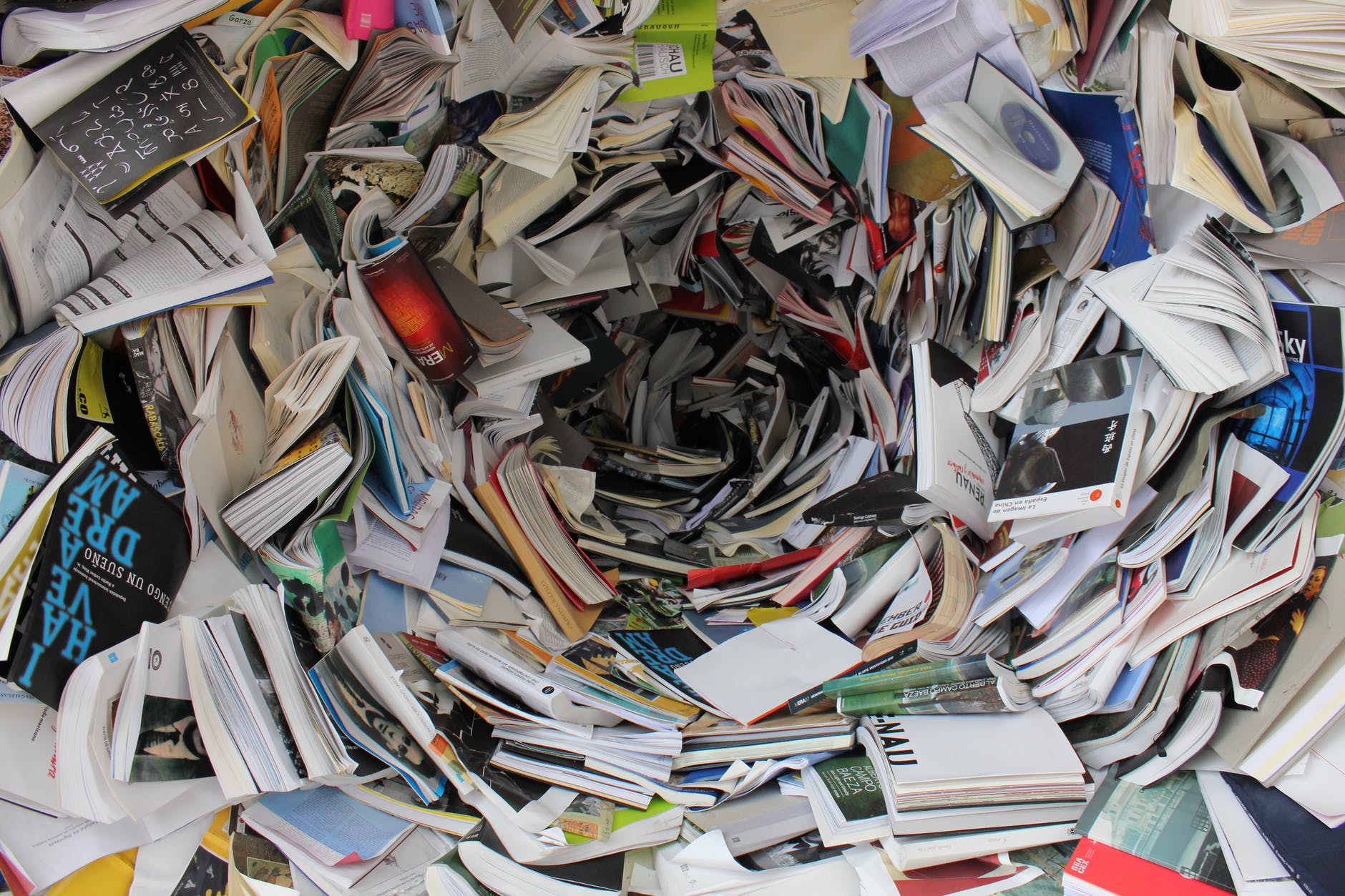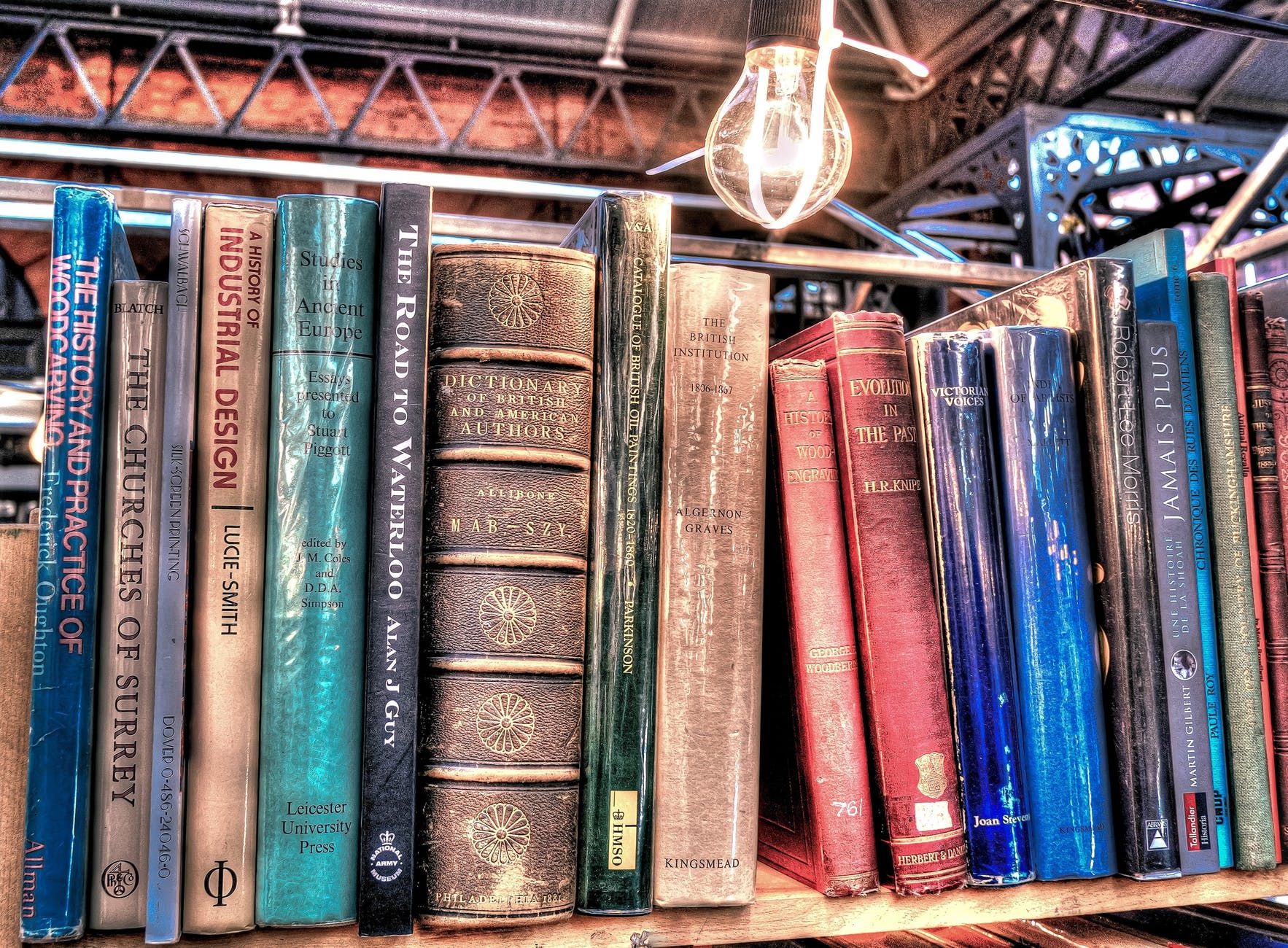
Many students do not know how to read well.
According to a longitudinal study that the U.S. Department of Education conducted in 2009 among post secondary students beginning in the 2003/2004 school year, 28.1% of students in public two-year institutions and 10.8% of students in public four-year institutions enrolled in remedial English or writing classes [1].
While parents and educators may decry the present ineptness of public education to teach children how to read and write, research and essays from decades and even centuries before 2018 indicate that developing readers have struggled to read well, though they might be widely read. The 18th century English poet Alexander Pope called one who read much but read superficially a “bookful blockhead, ignorantly read.”
Much of the fault for this circumstance lies in a failure to teach students to read beyond basic skills. It results from instilling in students the belief that reading more equates to reading better and that the acquirement of information is the same as expansion of knowledge.

It is this difference between acquiring information and expanding knowledge that builds the base for the seminal work How to Read a Book, by Mortimer J. Adler and Charles van Doren, which I briefly mentioned in my post on taking notes in books. Adler and van Doran described four levels of reading:
- Elementary reading, which asks, “What does it say?”
- Inspectional reading, which asks, “What is it about?”
- Analytical reading, which asks, “What does it mean?”
- Synoptical reading, which asks, “What do I think of or understand from all this?”
A student should complete the elementary level of reading by the time he exits middle school to start 9th grade. By high school, a student should have sufficient word mastery and vocabulary growth and be able to use context to read almost anything. As the case is, Adler and van Doran observe, many students start college having perhaps not even attained this elementary level of reading.
“We must be more than a nation of functional literates,” they write.

When you read, you should aspire to understand, where understanding means challenging your knowledge base, forming explanations and ideas, connecting concepts, and achieving educational “enlightenment”, rather than just gather information. Information is useless without exercise. The competent reader opens dialogues with the authors whose books he reads.
I consider myself an enthusiastic and prolific reader. After studying How to Read a Book, I began to question whether or not I was also a good reader.
A good reader allows himself to be perplexed.
A good reader develops the habit of thinking about his thoughts while reading.
A good reader seeks to gain understanding, not accumulate information.
There is certainly a time and place to read less actively, whether for entertainment, as with a romance novel at the beach, or for basic information, as with the instruction label on the new television remote with its impractical plethora of buttons. Much of the time, though, more active reading is in order.

The bulk of How to Read a Book concerns the development of skills needed for analytical reading, the level which a college student should attain. In analytical reading, as noted before, you should wonder what the author is trying to tell you. What is the skeleton of the book; its theme and main points? Can you perceive the unity of the theme through the work?
Particularly important in the analytical level of reading is unambiguous interpretation of the propositions and arguments that the author proposes. This means that you understand the declarations of knowledge and the statements of proof and support that the author gives for a particular question and conclusion. You should be able to explain yourself the main propositions in the author’s argument.
This differs from memorization, a technique that many students fall back on simply because it is easier. In 7th grade I learned the following definition for science: “an endeavor dedicated to the accumulation and classification of observable facts in order to formulate general laws about the natural world.” In that course, I had to memorize several definitions for each module, this one included. However, the author of the textbook emphasized the importance of not only remembering the information, but also of understanding what it means. That way, I really knew what science was.
To read well, you must be able to state the propositions, such as definitions, in your own words. Only then can you say that you understand what you have read.

Once you have understood the what- answering the questions “What is the book about as a whole?” and “What is being said in detail, and how?”, you move to the last stage of analytical reading, wherein you question the veracity of the statements made and the relevance or importance of the statements.
After closing the covers of a book, you should not just move along, The author has done his part in starting the conversation; you must do yours and reply. Good reading ends with introspection into what one has gained from the reading.
This step of the analytical level most intrigued me while reading How to Read a Book, so I’d like to devote a separate post to it. Until then, I hope this article has been enlightening for you in your reading journey.
[1] Chen, Xianglei, and Sean Simone. “Remedial Coursetaking at U.S. Public 2- and 4-Year Institutions: Scope, Experiences, and Outcomes.” National Center for Education Statistics, U.S. Department of Education, 2016, https://nces.ed.gov/pubs2016/2016405.pdf.
I found the so interesting! And I can not wait to read your next post! Thank you for sharing! ❤
LikeLiked by 1 person
I’m thrilled that you enjoyed the post, K.M.!
LikeLike
Teachers aren’t prepared to teach children how to read well mainly because they don’t possess the skills themselves. The ones who do don’t bother to teach them since “it’s not included in the curriculum”. Nonetheless, there are others who would go the extra miles and actually teach the children the proper way of reading. Those students who listen to them are the lucky ones.
Poor reading skills rear its ugly head in the research field as eell. This results in mediocre research papers which lack depth and substance. It makes me wonder whether the authors understood the papers they referenced.
LikeLiked by 1 person
Good point, Edmark, about teachers themselves not knowing how to read well. How can you teach someone if you haven’t been taught yourself? In thay case you just have an endless cycle of well-read students who don’t know how to read well.
In the research field too? I wouldn’t have expected that. If nowhere else, research is where reading and writing skills should shine. I suppose that in the age of the internet, it’s tempting to be lazier in research.
Teaching good reading is difficult, but worth it. I wonder why schools don’t recognize this? Or perhaps they do, but the students aren’t up to learning. In a school I attended previously, I remember other classmates not enjoying the active reading activities meant to increase comprehension and aid in understanding. Good reading is a very active mental task. If students won’t engage, teachers will be hard-pressed to teach.
LikeLiked by 1 person
I’m not sure how other countries’ curriculums work, but in Hong Kong, I find that they give emphasis more on mindless memorization. Of course, they would’n’t say it that way but their grading models show otherwise. For example, exams reward students with good memories (or perhaps, good cramming skills) more than those with an overall comprehension of the subject (i.e. those who possess a broad understanding of the subject but not to the minute detail). Questions are focused too much on triffling trivialities.
That’s why many undergraduates can’t even summarize an essay in their own words.
The teaching profession is looked down here. You would hear people say things like, “My son’s not that great at studying, so I just told him to become a teacher.” So, I suppose that Teacher Schools don’t really try that hard to develop outstanding teachers.
In fact, it was only last year when the Education program was recognized as university level degree. Previously, Education was treated as a vocational degree and no university offers an “Education” program.
My readings are focused in mathematics and let me tell you that there are a lot of badly written math papers out there and I’m not talking about badly constructed proofs here since that’s a different problem. Research papers are full of citations and I expect that when they cite something, they understood how it’s related to their paper. However, I have seen several times that the authors don’t seem to understand the papers they cited. This is also the case in several scientific papers from what some of my friends told me and from what I read.
I don’t read a lot of journals about history, philosophy, art, language, etc. so I’m not that familiar with their literature and, hence, I can’t make a judgment about them. Nonetheless, most of the ones that I read seemed in-depth enough.
As for internet, it indeed made people lazy in research. Now, “Googling” is synonymous to research. To think that there was a time when some people ridicule the idea that “reading” means research as research is deeper than that…
It depends on the teacher. Some teachers would depart from the standard curriculum to impart their personal knowledge to their students. As I said, the students who listened to those teachers are the lucky ones.
LikeLiked by 1 person
In an attempt to bring the United States up to par with the rest of the world, and Asian countries in particular, I think we are tracking more toward rote memorization than true learning. A student might learn how to “do school well” – study enough, pass a test, bring home a perfect report card – but not learn how to learn. I think that the main aim of schools should be to teach students how to learn. Only then can we hope for a generation made of lifelong lovers of learning.
I think there exists some opinion of inferiority surrounding teachers in America too. It is viewed as an “easy” college route and a job that anyone can do. A lot of these views stem from history; in the 1800s mostly young, unmarried women taught. (This former high school teacher discusses his experience: https://www.huffingtonpost.com/adam-kirk-edgerton/teachers-unions-issues_b_1856371.html)
Just helping to home school my sister and me through high school, I realize how much skill and work really goes into being a teacher! I’m glad to hear that teachers are receiving slightly more respect in Hong Kong as far as university degree goes.
I don’t have the mathematical knowledge yet to understand math research papers, though I aspire to attain that level, but I do read a lot of social studies papers for my blogs and for school research papers. Most are well-constructed, well-researched, and knowledgeable, but I have encountered a few poorly written ones that had few citations or citations only to other works by the author. Others are written at a basic level that didn’t strike me as particularly publication-worthy.
The internet is a fantastic tool for research, but it should not be the only tool. I talked more about the screen v. print debate in this post: https://apatchworkofperceptions.wordpress.com/2018/06/25/from-page-to-screen-the-impact-of-electronic-communication-on-a-previously-print-based-world/
Thanks for taking the time to comment and share your insights, Edmark.
LikeLike
In terms of academic performance, HK is one of the best in the world and it’s not hard to see why. From day one, students are pressured to perform well, and there’s no room for mistakes. So, competion is high even among kindergarteners.
Salary of teachers here isn’t bad. In fact, it’s the same level as a nurse’s salary which is more than enough for most people. However, in the eyes of the society, a nurse is a lot better. Well, international school teachers receive more respect just because they earn more money. It’s just all about the money here.
Most math papers are as straightforward as they get. So, there’s usually no problem as long as their writings are coherent enough. In mathematical writing, readability is important, and the writing should be laconic and should not have any ambiguity. Circumlocution and pleonasms are frowned upon since they only add more confusion.
Things only get ugly if the author decides to do a “literature review”. A good literature review in mathematics is pleasant to read, but the bad ones can be a headache.
Not entirely related, but you may find my previous post about researchers not reading their citations interesting:
https://learnfunfacts.com/2017/03/03/scientists-cite-unread-papers/
LikeLiked by 1 person
This is a very thought-provoking post Abigail. Interestingly, I read an article titled “How should one read a book?” by Virginia Woolf during my summer holiday. It was certainly written from a more literary point of view, but some of the points overlapped with the points made in your post. I resonate with your thoughts on analytical reading. And I would like to add one point – reading critically. This is particularly important in academic reading. Thank you for sharing, Abigail. This post will be read again. I will be job hunting soon and might end up in teaching profession. Your article will be very useful in helping students to develope good reading skills.
LikeLiked by 1 person
I’m delighted that you enjoyed the post, Isabelle, and that you found it thought-provoking. How To Read a Book was an insightful and fascinating book whose I ideas I thought worth sharing. I’ll have to look up the article by Virginia Woolf that you mentioned. As a lover of fiction, I’d like to learn about the literary perspective on reading well.
Yes, I agree, reading critically is such an important skill, particularly when reading academic work like research papers. I’d say that reading analytically and reading critically go hand in hand. If you succeed in one, you can likely do well in the other.
I wish you best in job hunting! I do hope my post will be useful to you. I start in my first year at college in just a few more weeks, and have job-hunted a little as well. Amazingly, I was offered my top-choice position, and will start as a student worker in the library come the fall semester!
Thank you as always for your kind comments, Isabelle.
LikeLiked by 1 person
Congratulations Abigail! Well done! I’m not surprised that you were offered your top-choice position. Your writing is brilliant and your thinking is beyond your age. Working in a Library is a dream. I’d love to work there. My favourite writer Alice Munro runs a bookshop in Ontario, Canada. Sometimes I dream of working there. Being surrounded by thousands of books, be it library or bookshop, sigh…Best luck with your college life and job, Abigail! 😊🌹
LikeLiked by 1 person
Thank you, Isabelle! You made my morning with your encouraging words. The library has always held a special place for me; I’d rather spend a day there than at any amusement park.
LikeLiked by 1 person
That’s a level of analysis that would’ve made Kant proud. Well done!
LikeLiked by 2 people
Thanks, masercot! That is high praise indeed.
LikeLiked by 1 person